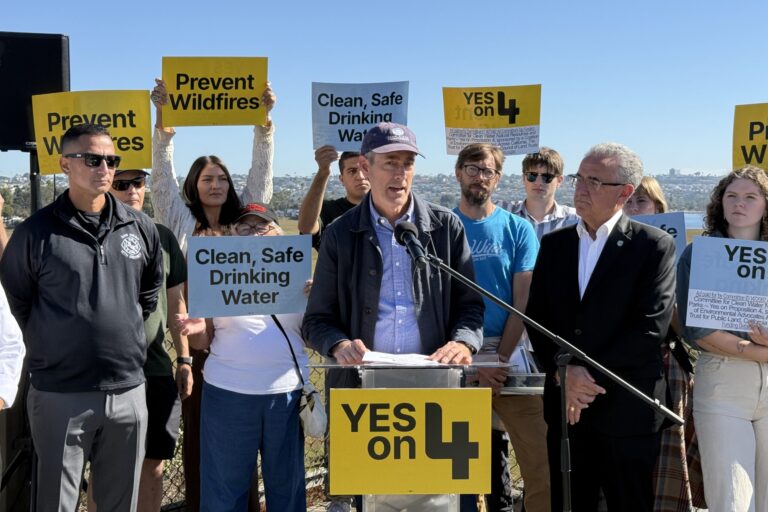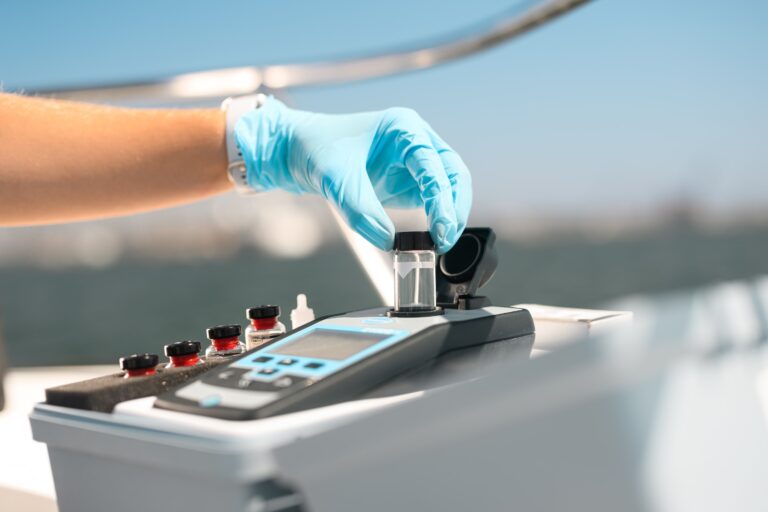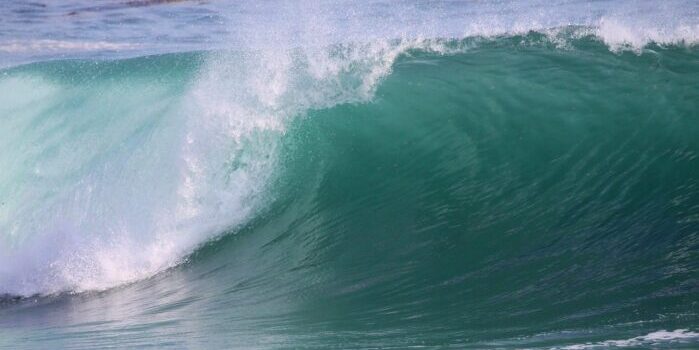Offshore Industrial Fish Farming
Navigate to a specific section below.
Current Status
In October of 2020, San Diego Coastkeeper submitted comments to the National Oceanic and Atmospheric Administration (NOAA) opposing large industrial fish farming, also called finfish aquaculture, projects off of the San Diego Coastline.
Last updated 4/21/21
Call to Action
As we continue to monitor the progress of the proposed offshore fish farming project, make sure you are subscribed to our email list to receive calls to action when a critical step requires participation.
History and Background
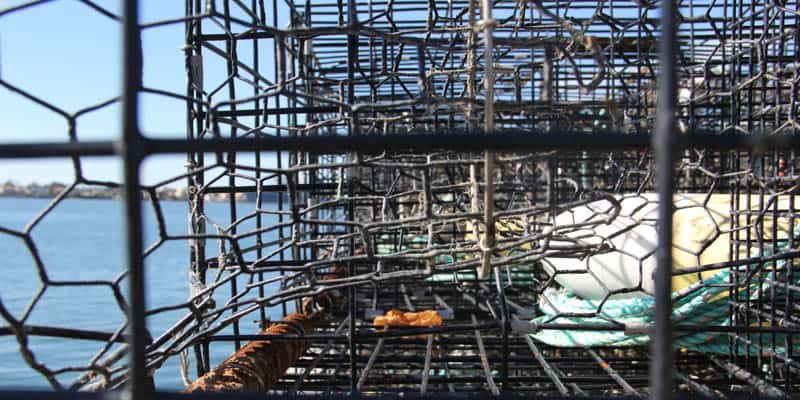

Commercial Fish Farming Lacks U.S. Regulations
The proposed project would initially cultivate 2.2 million pounds of California yellowtail annually and potentially scale up to 11 million pounds annually.
Proponents of the industrial fishing operations seeking to operate off the San Diego coast have touted them as part of a solution to the world’s food needs and an economic stimulus for San Diego’s port and marine industries. These claims are reductive at best. The commercial operations recently proposed are intended to raise sushi-grade fish for export, and come with the risk of major costly and adverse effects to water quality, marine life, habitat, whale migrations, and more. The location of the proposed projects three miles off the San Diego coast means the significant negative impacts will likely affect both state and federal waters. If our region hopes to secure local food sources for our community, there are far more environmentally responsible and sustainable methods to pursue.
San Diego Coastkeeper has several concerns regarding current and future proposed offshore finfish aquaculture operations.
Industrial Fish Farming Threatens Public Health and Environmental Safety
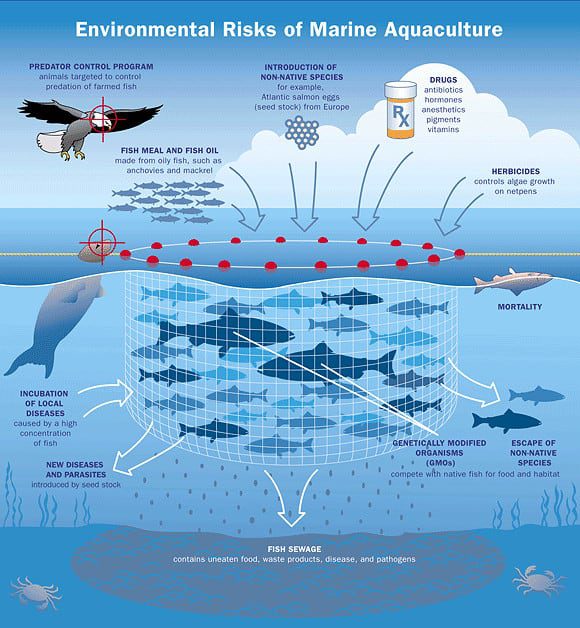

The following environmental considerations have yet to be comprehensively addressed by the federal government. There is no system in place to measure the environmental impact of such large-scale open-ocean aquaculture projects and mitigate those impacts.
Inefficient Feeding Operations
Producing a single kilogram of high-value predatory marine fish such as yellowtail, cod, sea bass, or tuna typically uses two to five kilograms of wild-caught fish processed into fish meal and fish oil for feed. From an ecological perspective, using wild-caught fish to produce a smaller amount of farmed fish is incredibly inefficient, and encourages unsustainable wild fish harvesting. Supplementing fish feed with land-based nutrients from corn, soybeans, or grains raises additional environmental concerns.
Sourcing and Selecting Farmed Species
Farming non-native fish species locally poses an unacceptable risk to native ocean ecosystems. In the past, escaped fish from aquaculture operations have introduced new and often effective predation, competition, and disease into local ecosystems. Transporting juvenile fish used to populate or repopulate the farm raises energy and efficiency questions.
Increased Disease
Aquaculture is known to amplify disease and parasites due to crowded conditions within the farmed population, which transmits these back to wild fish. Diseases can spread rapidly; as water flows through the cage, parasites are washed out and can infect wild fish. Antibiotics, other drugs, and chemicals to prevent disease pass into the environment and likely to consumers.
Interruptions to Predator and Wildlife
Sharks, whales, seals, and other predators attracted by the captive fish may become entangled in the cages, nets, or related equipment. This could result in incidental death, damage to net pens, and escaped farm fish. Escaped fish can compete with wild or native stocks for food, habitat, and mates. Escaped fish can also spread diseases to wild populations, causing harm to local fisheries.
Nutrient Pollution
Nutrient pollution is one of America’s most widespread, costly, and challenging environmental problems, and is caused by excess nitrogen and phosphorus in the water. Excess nutrients from residual feed, fish waste, and other products used in aquaculture contaminate the surrounding environment. This may lead to harmful algal blooms, unhealthy dissolved oxygen levels, or “dead zones” near the operations.
Cumulative Impacts
Multiple fish farming operations in a given geographic region may have unintended or unforeseen significant cumulative impacts.
Location Safety Concerns
Offshore aquaculture facilities could potentially interrupt sea life migration routes if they are not properly situated. In places where oil rigs exist, offshore aquaculture on or near oil rigs poses significant environmental and consumer risks. It complicates matters of oil company responsibility in the event of future damage or liability caused by the rig.
Offshore Industrial Fish Farming Alternatives
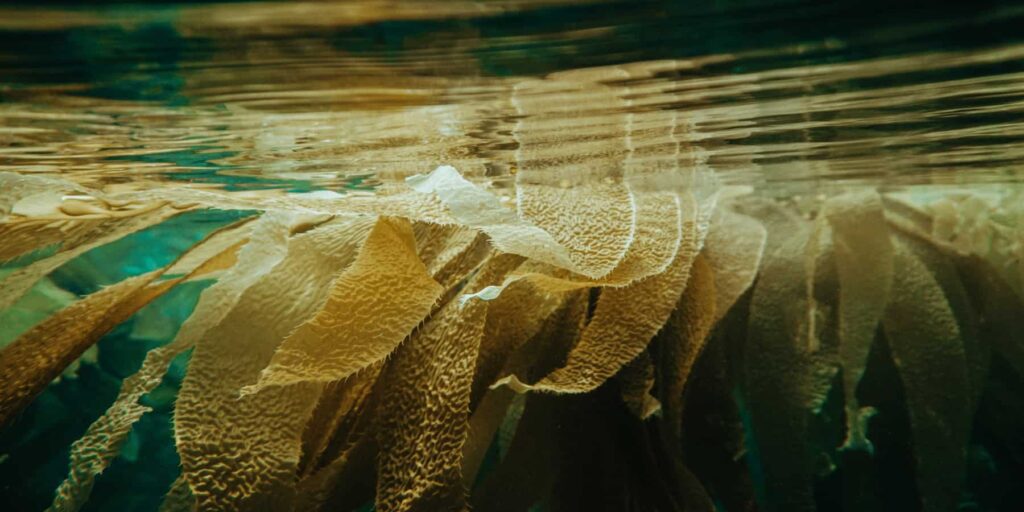

Offshore fish farming practices with less environmental impact are available. San Diego can instead choose to implement these sustainable, environmentally responsible efforts, which in turn, will drive local innovation and economic activity while ensuring local environmental resources are protected. Among these superior alternatives are shellfish farming and on-shore closed-loop system fish farming, both of which are associated with far fewer negative impacts. Finally, to achieve true sustainability, industry and government alike can invest in rebuilding native fish stocks through hatchery or other programs, working with local fishing communities in San Diego.
Oppose Industrial Fish Farming
There are no regulations that govern offshore commercial fish farming and, thus, no best management practices and regulatory oversight. San Diego must demand the consideration of unintended or unforeseen significant environmental and public health impacts.







